LA Gear
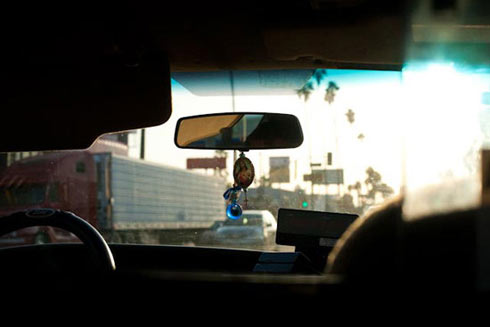
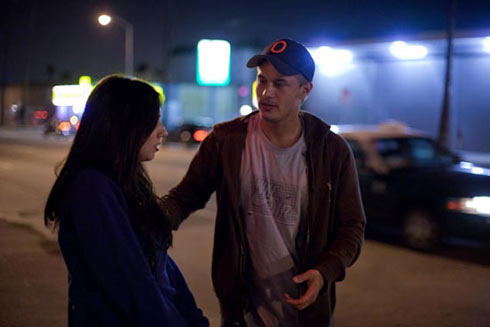
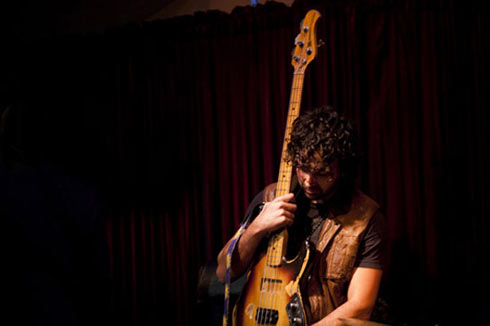
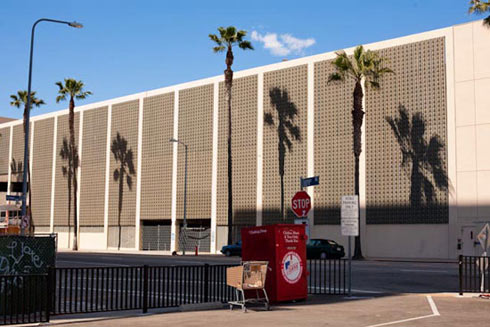
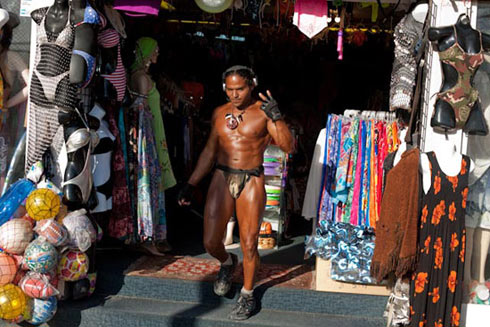
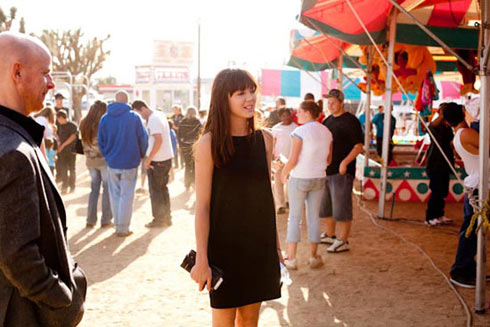
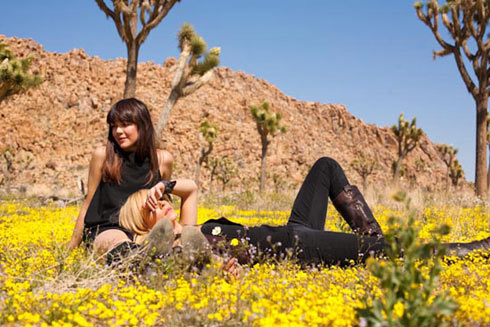
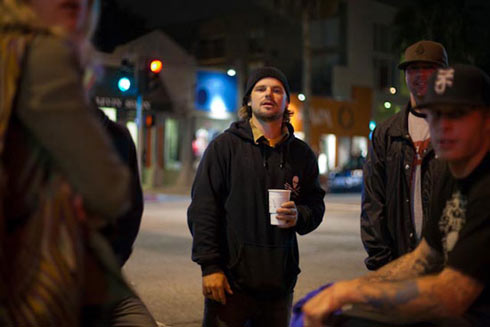
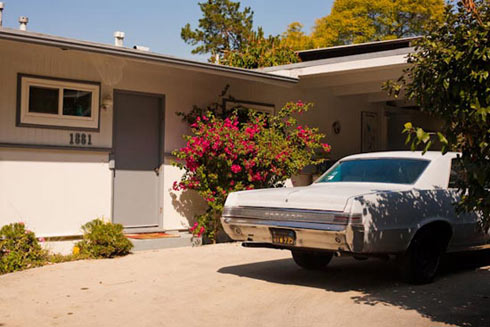
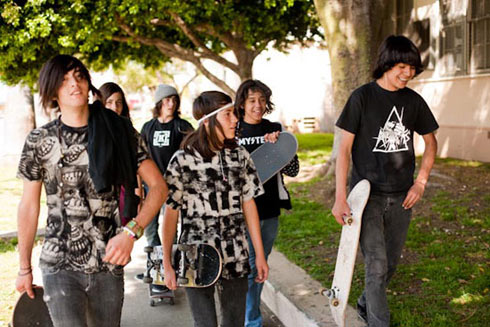
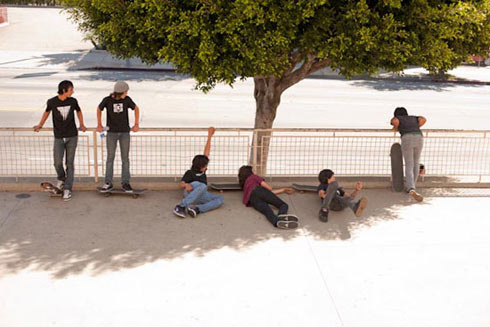
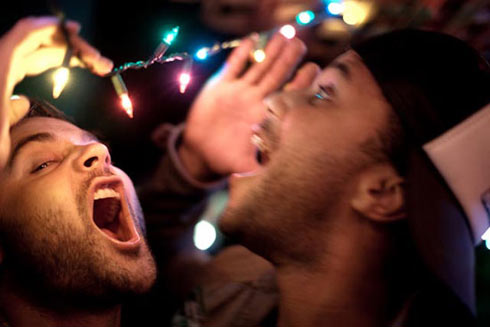
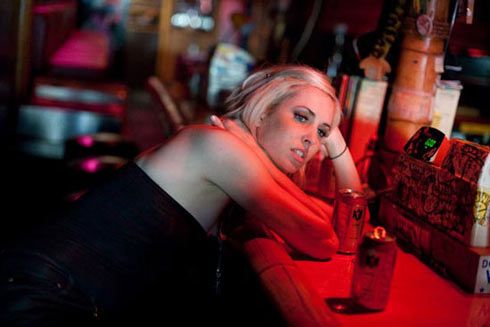 Text: Louise McClean Images: Matt Reed
Text: Louise McClean Images: Matt Reed
We live in a time where images are a cornerstone of the human experience. Many of us live vicariously through the resourceful people who use their determination, spirit and tenacity to capture the definitive images of our days. Matt Reed is one such person. He has created his own journey, which has taken him across the world, via Hollywood and home and then back again. His experience has led him to evolve his own distinctive photographic philosophy which has made its mark in artistic communities and, most importantly, has cultivated his ability to portray his subjects with a gritty but beautiful realism, giving his images a powerful identity we can all appreciate.
Louise McClean: When and how did your interest in photography come about?
Matt Reed: I remember bugging my dad for a camera when I was a kid in the UK and he got me a second hand Canon SLR but then I lost interest as a teenager and didn’t get into it again for quite a few years. Later I went on to University where I majored in Film and Media Studies as part of a Humanities degree at Griffith University in Brisbane and started to reconnect with cameras again.
After University I went over to Hollywood and worked on film sets and although it was interesting, it wasn’t for me. I found I didn’t like being part of the big lumbering machine that are film crews and was a lot more interested in what was happening off set than on.
After a while I returned to Australia and started a freelance journalism course. One lecture suggested that taking photos could help to sell your stories and so I went out and bought a camera and just got side tracked from there. I remember one day finding these great old books by the pioneering reportage photographer Cartier Bresson and that’s where the love affair started. I was hooked. Around the same time, my best mate from uni had just become editor of a small independent surf mag in Byron Bay and another friend was writing for it so I packed up and went to join them as a the magazines resident photographer.
We were very idealistic and enthusiastic followers of the New Journalism movement that came out of the US in the ’60s and ’70s, with writers like Hunter S Thomson and Norman Mailer and even Hemmingway inspiring our fledgling journalistic careers. We loved the idea of the auteur who became part of the story, to not only report the details but to also subjectively comment and add colour to make the portrait more vivid.
But the more I got into it and started to see my photographs published the more I realised I had a lot to learn if I was going to make a career in photography, so after a year I packed up and came to Sydney with the specific task of learning more about photography.
LM: Your recent personal project in LA is somewhat of a cultural discovery, as with a lot of your work it captures dynamic human moments – can you tell me what your work is about and the kinds of things that inspire you to take the photos that you do?
MR: I worked for the Daily Telegraph in Sydney for 10 years and I had to shoot in their style. Outside of this I was doing weddings and some fashion and magazine portraits and so my style became very mixed up. I was just giving people what I thought they wanted. When I first came to Sydney I assisted a lot of the best portrait and fashion photographers. They had all the lights and the big studios and took these really beautiful but contrived pictures. I found that as much as these were technically fantastic I liked the moments in between shots when the subject relaxed. I really hated those perfectly lit PR shots when the subject put on their best face. I wanted to get to know the subject and see what was behind the mask, and so I went back to America to get out of this funk and find my voice again.
At this point I decided to be dogmatic about it, and so I’d go and take photos in natural light with no posing or at least no direction from me and wait for the moment to naturally present itself. A lot of those pictures in LA are of actors, who definitely know how to pose, but I wanted to take candid portraits of them that were real and showed what the scene was like behind all the glossiness and superficiality.
Cartier Bresson talked about the decisive moment, a moment of truth when the scene made sense. That’s what I am looking for, those moments of truth where the story I am living is explained implicitly through my lens.
LM: Out of all the places you’ve visited do you have a favourite which you like to take photos of?
MR: Maybe the US if I had to name one, but no not really. We are surrounded by brilliant subject matter wherever we are. It’s just a matter of finding the right perspective to see it.
LM: Has there been a project, personal or commercial, that has been the most valuable or memorable for you?
MR: On my first day of work for the Daily Telegraph I was chasing a Southern Right Whale around Sydney Harbour on a water taxi. The brief was to get a picture of it with the Manly Ferry and the Sydney Heads behind it. I remember thinking ‘fuck yeah…this is it’, I’m getting paid to do this and yesterday I was working in a paint factory in Mascot’.
More recently a personal project I shot about boxers was really creatively satisfying. It was shot on an old medium format camera with black and white film. I got the photos back and they were great and so I wrote these little explanation captions and it was published as a story in Sport & Style. The whole thing was real and gritty and I felt I had achieved what I set out to do over 15 years before.
LM: How do you feel about the movement towards digitisation that the industry has taken? And has this affected your methods?
MR: I don’t really feel anything about it. It changed things a lot that’s for sure. No more stinky darkrooms which is good but more time in front of the computer which is bad but still better than being in a darkroom. I still think film looks better but the world changed to digital because it is cheaper and more convenient not because it looks better. On the plus side my new camera can record colour pictures at very high ISO which is great and even has HD filming capability which I may want to use at some time.
LM: Do you have a preferred medium you use for your photography and a favourite camera?
MR: I love using my Hasselblad medium format, I love the square format and using black and white film but day-to-day I use a Canon EOS 5D MK2 and this is a really great piece of kit too.
LM: How do you come up with concepts for your photography?
MR: If it’s reportage, I think I’ve covered that. I just turn up and get stuck in and go with my gut instincts. With portraits I tend to approach them in a reportage manner using natural light and trying to let the subject be free and comfortable enough to let their guard down. Maybe I will try and place them in a situation, or let them lead me to one, that seems right for them and allows their character to shine through.
LM: Tell me about some influences in your life which have made an impact on your photographic style and on your choice of subject matter.
MR: I think my style influences are definitely Cartier Bresson and the New Journalism school. I also think my style is a reaction against the posed/contrived approach which is a big part of the commercial photographic industry.
LM: Can you tell me about your ‘Banana’ series?
MR: I got a commission by Australian Creative magazine to take a series of portraits. It was an open brief, for a series of photos featuring 20 of Australia and New Zealand’s top creative people in the advertising industry. Three or four of the 20 weren’t in Sydney and so I wanted an approach that was easy to duplicate which would run well as a series. We only got about five minutes with each person so my preferred reportage approach was out of the question, because that takes time. So I decided to use on-camera flash and get all the subjects to stand against a white wall because that is easy to replicate and very graphic.
Five minutes isn’t very long and I didn’t want a series of people standing against a wall looking uncomfortable and self-conscious so I thought I’d give them a prop, and I gave them all a banana. Banana’s look great, they are cheap and readily available and most of all they are funny and can suggest a lot of different things. These people are the nations top creatives so I gave them a banana and just photographed them playing with it for a few minutes. I read once that you learn more about someone in a minute of play than hours of serious conversation. To me the function of a portrait is to show the personality of the person in the picture.
LM: Is there anything coming up in the near future that you’re looking forward to in terms of new work, experiences or challenges?
MR: I enjoyed the banana shoot, i enjoyed working with other people and coming up with a shoot which filled a brief and then seeing it printed so I’d like to do more of that. I have just got a new agent and I am looking forward to meeting a load of creative people so we can bounce ideas around.
Matt Reed
Next story: Back To Basics – Bassike



